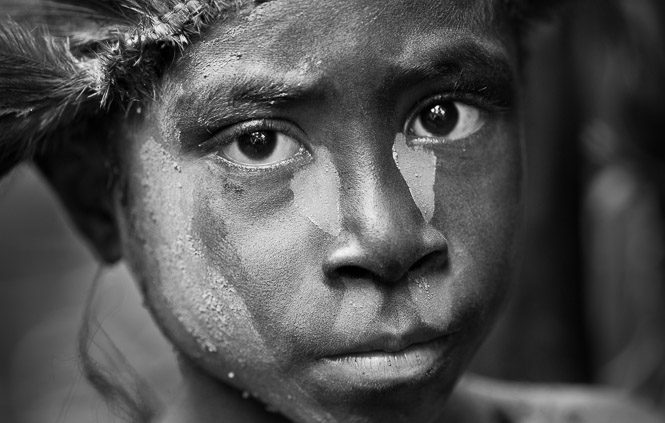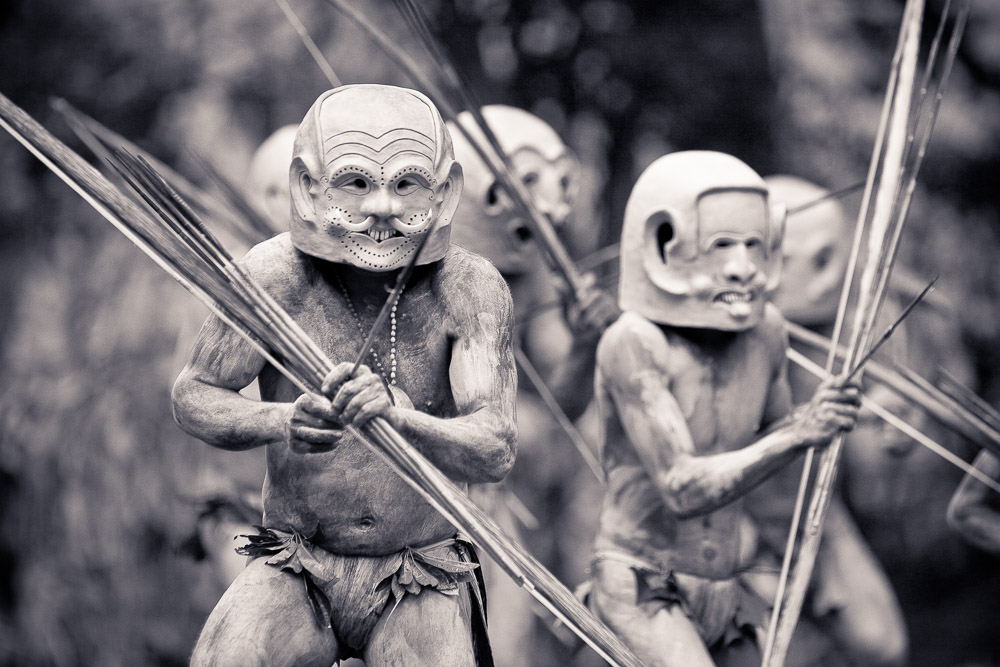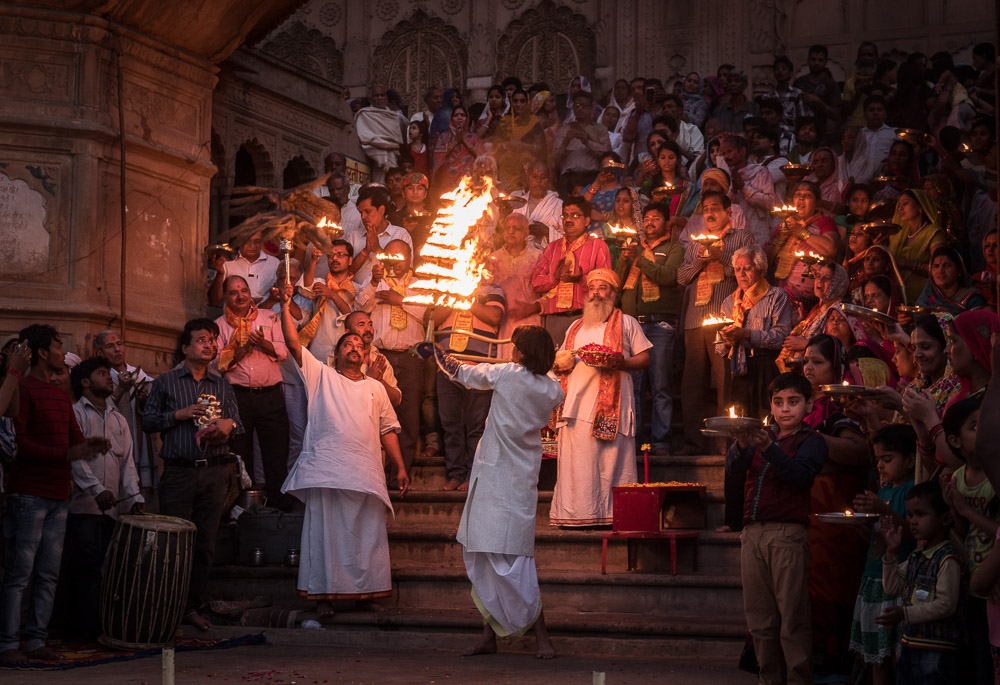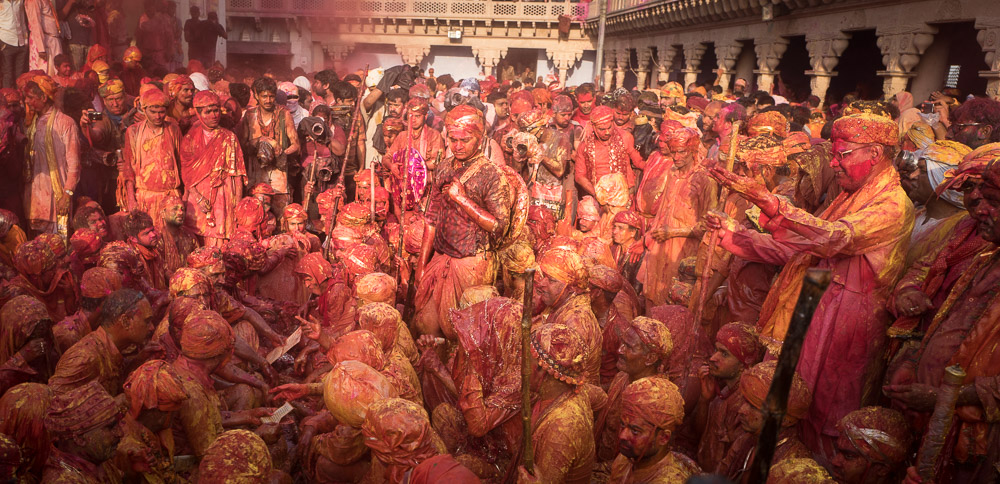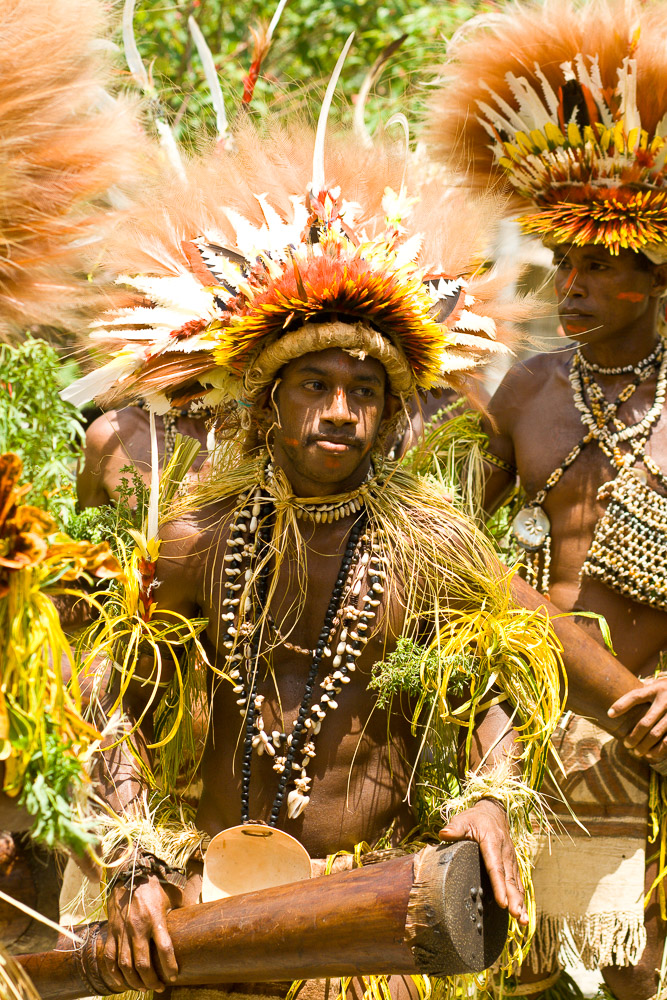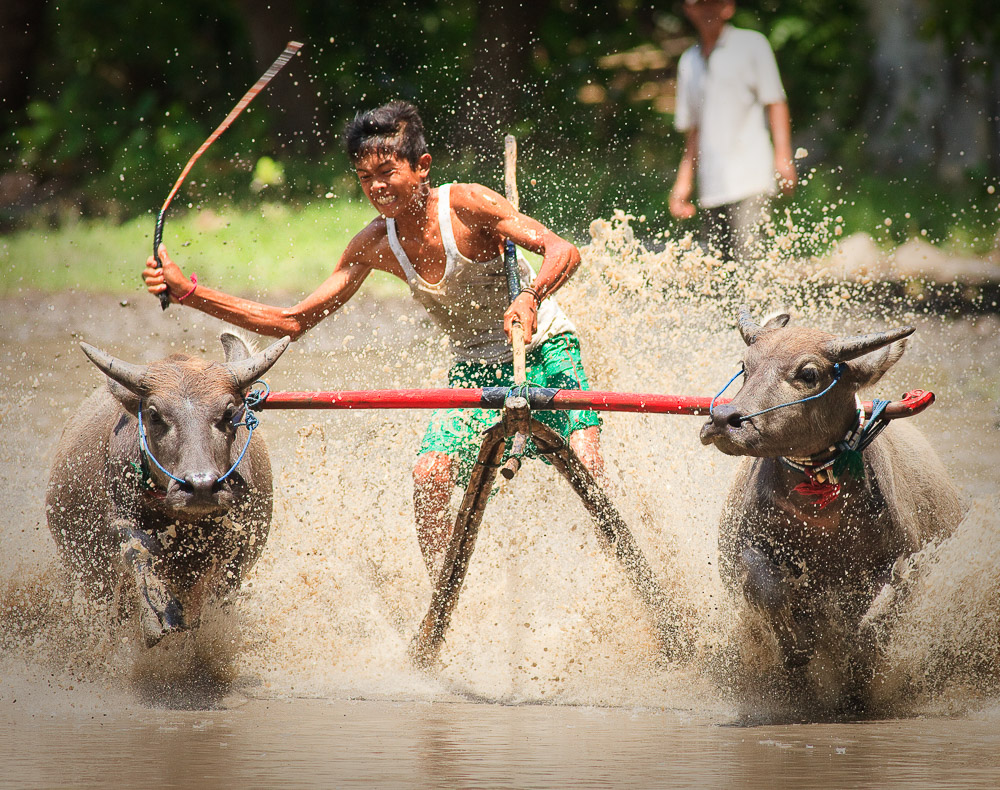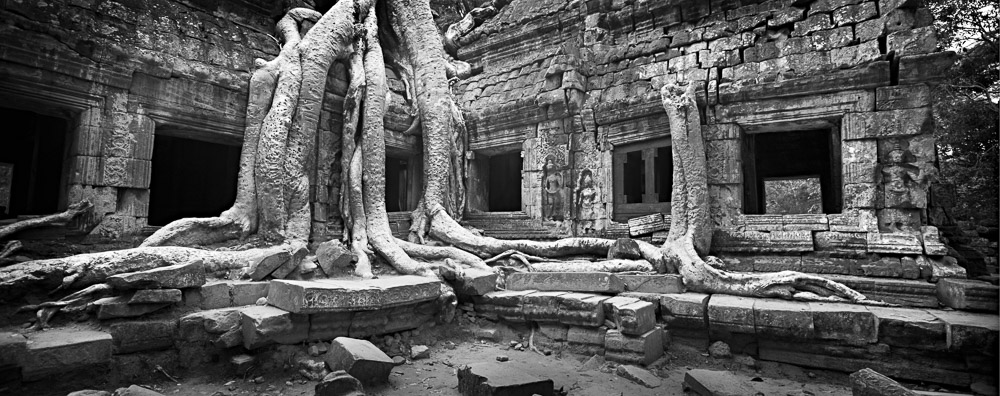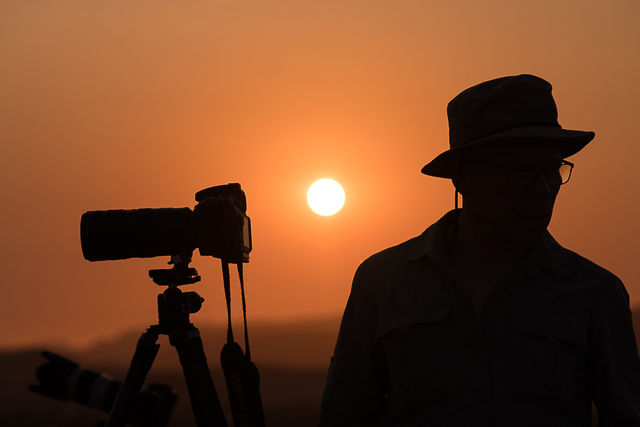Six Things you might not know about Photography
(The following article was first published in Australian Photography magazine earlier this year).
Shutter speeds, apertures, focal lengths, camera brands, post processing tricks – these are all essential things to know about and understand, but, beyond the obvious, there are also plenty of aspects of modern photography that are not so well understood – call them photography myths if you like.
I’d like to offer you a series of photography ‘thoughts’, in no particular order, which are a little left-of-field, stuff that you might not have considered, or even things that no-one ever told you when you first bought that nice shiny camera and pressed the shutter button for the first time.
1. Good photography requires hard work.
“The sheer ease with which we can produce a superficial image often leads to creative disaster.” Ansel Adams
“Your first 10,000 photographs are your worst.” Henri Cartier-Bresson
Bombarded as we are with photographs through advertising, social media, books, magazines etc it is easy to think that taking photos is easy. Taking ordinary photos is easy, even reasonably good ones is not too hard, but taking genuinely good photos consistently does involve hard work.
The simple act of pressing the shutter button and ‘taking the photo’ is not hard, no dispute there, but the process that leads up to that moment, and the work that follows involves considerably more effort that many people imagine.
First of all you need to build the skill sets that will allow you to create images without having to refer to the manual each time you use the camera – camera operations should be almost second nature and this take practice, lots of practice. You also need to be in the right place at the right time, with the right gear, in the right frame of mind and even then you might miss something unless you are in the moment and paying attention.
There is this wonderful illusion that non-photographers have, regarding landscape photography in particular. Apparently there is a lot of waiting around in beautiful locations waiting for the perfect light and for that cloud to be in just the right place. The reality is, of course, that even though we might, once in a while, have the luxury of time to do this, more frequently the real world intrudes and we have to balance the risk of missed opportunities with time limits, other peoples’ agendas and so on.
Photography for work or pleasure requires dedication and effort to get good results. If you want to lift your work above the masses of instantly forgettable socially shared images that are inflicted on us every day then you need to work hard at it. It’s worth it.
2. All light is good light
“There is no bad light. There is spectacular light and difficult light. It’s up to you to use the light you have.” Jay Maisel
When photographers say that the ‘light is bad’ what the really mean is that it is not what they hoped for to shoot whatever they had in mind that day.
For instance, midday light is generally regarded as too harsh because the sun is high and there is little of the three dimensional modelling picked out by low raking light, like you get in the evening. All true; but if you are photographing a tropical beach and clear blue water then the middle of the day is exactly when you need to be out shooting. The high sun makes the water look at its clearest and the blue sky is at its most intense. Try shooting a tropical beach in the late afternoon and it’s impossible to capture that intensity of blue because much of the sunlight is reflecting of the water and it starts to look more grey than blue.
Conversely, for rainforests the exact opposite lighting is what you need. Bright overcast weather conditions, maybe after a little rain (or even during rain) produce a soft light that reduces the light contrast within the forest and allow the camera to capture the scene in a more appealing way that if the sun is creating deep shadows and bright reflections off every leaf.
All lighting conditions are good for something – you just need to work with what you have.
3. Camera Modes are all equal
“Give me inspiration over information.” Henri Cartier Bresson
Students in my photography workshops have sometimes told me that they would like to progress to using the more advanced camera modes or “even use Manual”. This immediately tells me that they are missing a fundamental aspect of how cameras work, which is that the camera’s meter can only offer you its best single exposure recommendation which will essentially be the same whether you use Manual (M), Aperture Priority (Av) , Shutter Priority (Tv) or even Program (P).
Each different mode presents this information to you in a different way and can automate part of the process by reacting to your choice of Aperture or Shutter Speed and so automatically choose the other appropriate setting based on whatever ISO the camera is set to. For example: Shutter Priority (Tv) is where you choose a shutter speed appropriate for the job in hand and the camera will choose an aperture that will give you what it considers a correct exposure.
Here’s an example. If I use Tv and set a shutter speed of 1/125 sec. then the camera, being set to ISO100 might choose f8 as the right aperture for a decent exposure. If I use Av and choose f8, under the same light conditions the camera will choose 1/125sec as the right shutter speed. If I use Manual and set f8, I will end up using 1/125 sec when the pointer is centred in the metering scale.
It’s all the same – what is far more important is a thorough understanding of what Aperture, Shutter Speed and ISO settings really mean and how they affect the ‘look’ of your image.
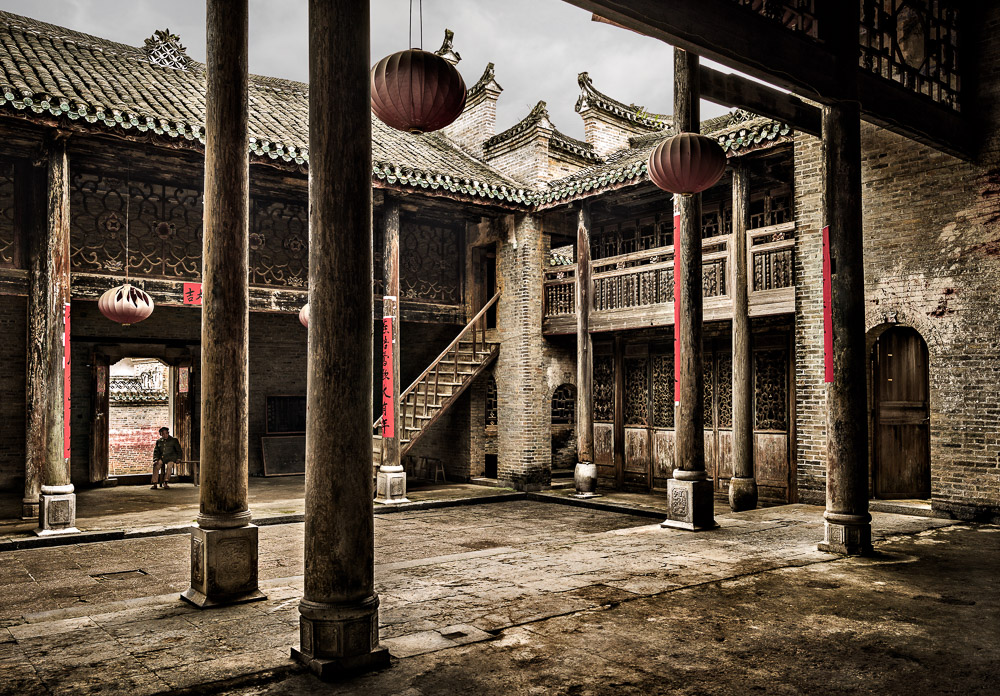
Langzi Village Ancestral Hall. The caretaker was happy to pose in different parts of the hall becuase he was pleased to have the company. Our visit might have been the only one for weeks as this was in a very out of the way village. 30mm f8 @ 1/45 ISO320
4. A better camera does not guarantee better photographs.
“A better camera won’t do a thing for you if you don’t have anything in your head or in your heart.” Arnold Newman
“The single most important component of a camera is the twelve inches behind it.” Ansel Adams
Over the years I have had many conversations with my workshop students about the relative merits of this camera over that camera. It’s always fun to examine the pros and cons of different models but at some point in the conversation I’ll ask “What do you want this new camera to for you?” The answer I usually get is ” err…well, take better photos I suppose”.
What they really mean is that they think buying a better camera will lead to them becoming a better photographer: this is a myth. A new camera might have some extra features or better performance but you still need to decide what to point it at and why. The ‘why’ informs the ‘how’ and camera equipment is firmly in the ‘how’ category, not the ‘why’. A camera is a means to an end, not an end in itself. It provides a solution to shooting an image that you have decided to create – and that’s where the magic lies, in the seeing and the reasoning behind the decision to shoot the image, not in the hardware.
A newer camera might offer advantages over the one you have but they will be entirely in the handling and performance areas. Some cameras have amazing auto-focus and will track birds in flight with a 600mm lens but if you are shooting landscapes then none of that is relevant. Such a camera is only ‘better’ on paper and will only give you better photos if you actually need its specialist features.
5. Printers are a great learning tool.
“The negative is the equivalent of the composer’s score, and the print the performance.” Ansel Adams
“Once you’ve made prints, you’ll not only understand your vision better, by extension you’ll understand other people’s vision better too.” John Paul Caponigro
OK, I’m old school, I admit it. I have been a photographer for over 30 years and I cannot help but think that prints are ‘real’ photographs, not images on a screen. Yes, I know that sharing images online is fun and easy to do but there’s the rub – it’s easy to do and, more importantly, you have zero control over how your images appear on someone else’s computer screen, or phone!
Making prints, and I include here shooting for publication, requires a more considered approach to your image making. There is nowhere to hide technically either, a 1000px wide image on a screen can hide a multitude of technical issues whereas an A2 print will expose any shortcomings in your image quality.
I always shoot with this in mind. I try to squeeze the absolute best out of whatever camera I happen to be using whether its my new Leica SL mirrorless or any of my other cameras. I use a tripod as much as possible, I shoot raw 100% of the time, I use the best lenses that I can afford, I make sure I am getting the most out of my lenses by understanding their sweet spots for quality. If you aim for this technical high ground as a matter of habit then any less demanding use, such as online sharing, will look great too.
This is where owning a printer comes in, and learning to make good prints. It’s fun making and sharing real prints but more importantly you’ll learn all about how to shoot images that good enough to be printed really well.
6. More lenses and cameras can be a hinderance.
“It matters little how much equipment we use; it matters much that we be masters of all we do use.” Sam Abell
It has been said that a good photographer can do more with a single lens and camera than a poor one can do with a whole bag of tricks. I don’t completely agree with this because, no matter how good you are, you are unlikely to be able to get many good photos of, say, birds in flight with only a standard lens whereas the photographer with a decent telephoto lens might just fluke a few regardless of talent.
Where this does become more useful as a concept is where gear becomes a major distraction and the images suffer as a result. The process of choosing which camera and which lens to use in the heat of the moment can clearly interfere with the creative process when you’re too busy rummaging through your bag to notice the amazing light that is developing.
I am a big believer in taking only the gear I know I will need on a shoot. This is easier said than done of course – how do you know what you will need? Experience for one thing, but also a willingness to understand the advantages of working with less gear over being prepared for any eventualities.
For me, the freedoms associated with shooting much of my travel work with just one body and three lenses was a major factor in my decision to move to Leica cameras – a little M (240) and three lenses requires no bag and weighs considerably less than a dSLR with a couple of zooms.
I would far rather be flexible and light on my feet than struggle around with a big bag – and then miss images because I am too busy working out which lens to use.

